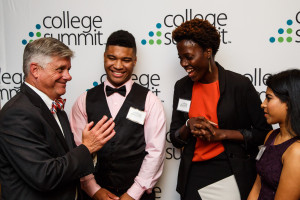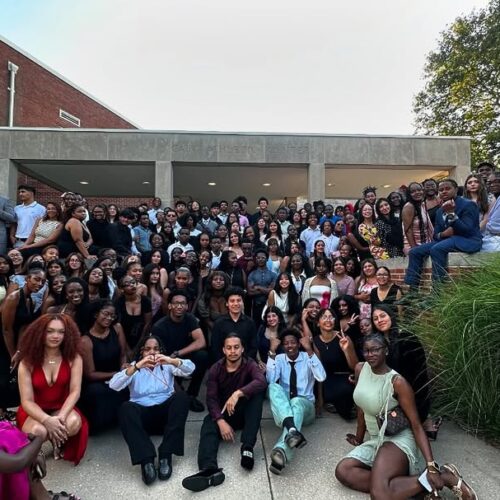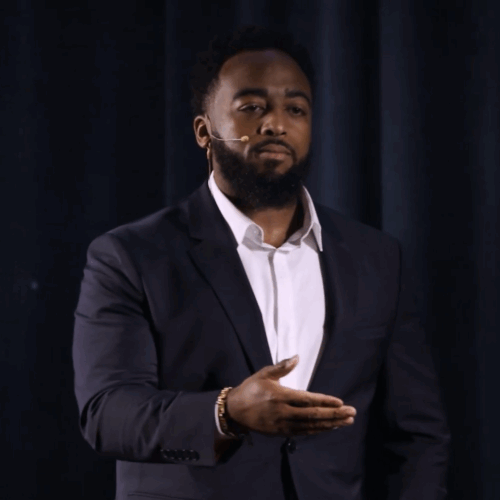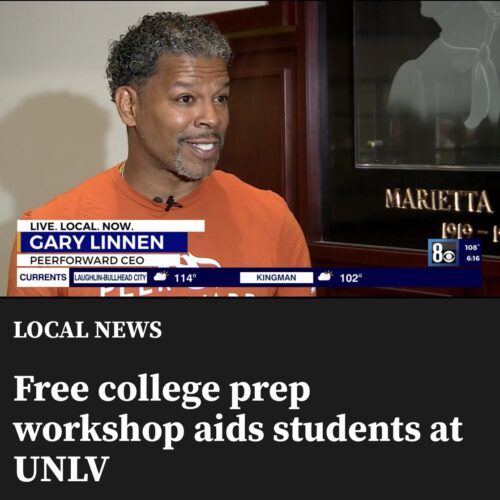Every year, there are 1.1 million low-income 8th graders in America’s schools. 95 percent say they want to go to college, but only 9 percent of them will graduate by the time they are 24. In 1970, that figure was 6 percent. We have clearly not made much progress solving our educational equity problem. But there is an untapped resource that already resides in every low-income high school which holds a very important key to the solution: the students themselves.
Twenty years ago, my colleagues and I asked a fundamental question: who is most influential to a 17-year-old? The answer: another 17-year old. As we worked with students at our PeerForward summer workshops, we observed that they were not only going back to their schools with the motivation to reach college and career success – they were sharing this new found inspiration and skills with the rest of the student body. The innovation was not the message per se, but the advent of a new college knowledge messenger.
With this modest understanding – that teenagers can use their influence to place their friends and classmates on the road to a better life – we started an ambitious movement to train, deploy and coach teams of students, or “Peer Leaders”, to guide their classmates to and through college. Targeting low-income communities where most students don’t have parents or siblings who have gone to college themselves, and where the counselor to student ratio is 500 to 1 and, in some cases, up to 900 to 1 – we sought to unleash the power of peer pressure to increase both college enrollment and persistence rates.
Our experience might surprise a lot of people who think that the solution to educational inequity is to bring complex and expensive interventions into schools. We say, instead, to leverage the inherent assets of the schools: the students themselves. Student-led teams are an effective, efficient and affordable force for change. These rising seniors have the skills, initiative, and generosity of spirit to tap into the ambition and aspirations of their peers. We see Peer Leaders:
- Sit shoulder-to-shoulder with their friends and help them fill out college applications.
- Lock their classmates into a classroom until everyone has submitted financial aid forms.
- Organize college fairs; research and represent the colleges themselves when representatives won’t schedule visits to their high schools.
- Facilitate writing workshops on crafting a unique personal statement.
- Share relevant and user-friendly college knowledge smartphone apps.
Given the chance, and a little training and encouragement, Peer Leaders and their classmates are creating a culture where college-going is the rule, not the exception. PeerForward is committed to deploying 500 of these Peer Leader teams in 500 low-income high schools over the next 5 years – and 1,000 Peer Leader teams in 1,000 high schools over the next 10 years.
I encourage my fellow educators, who have devoted their lives to closing the achievement gap, to recognize this powerful and scalable resource to reform that is already in every classroom in America.
Keith Frome, PeerForward CEO












